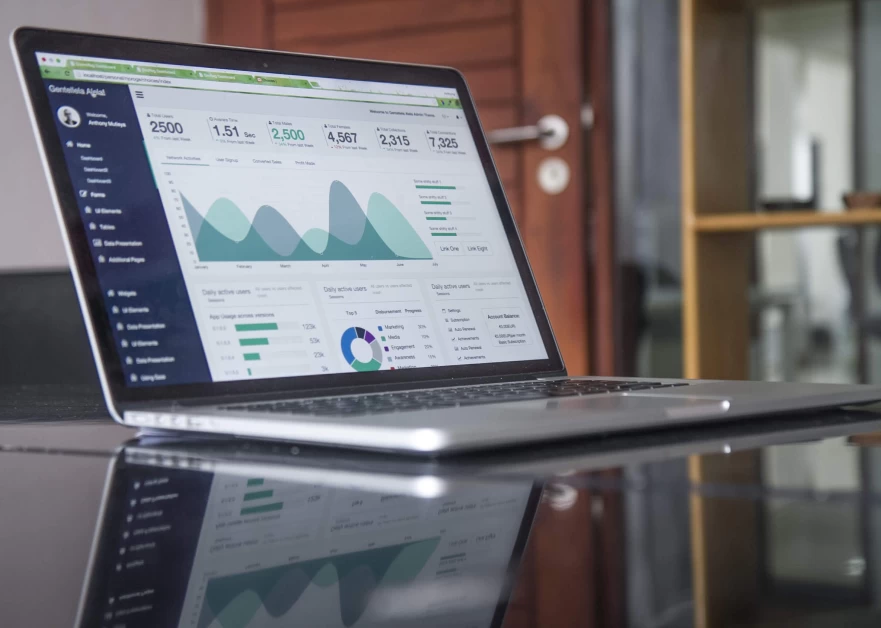Table of Contents
What is a Sales Funnel?
A sales funnel is a marketing concept that represents the different stages of the customer journey. It is shaped like a funnel, which is widest at the top and narrowest at the bottom. The stages of a sales funnel correspond to the different phases of the customer journey.
The purpose of a sales funnel is to guide prospects through the stages of the funnel and convert them into paying customers. It helps you understand your prospects, gauge their level of interest, and deliver the right content and offers at the right time.
The 3 Ingredients of a Successful Sales Funnel
To build a successful sales funnel, there are three important ingredients you need:
-
A defined customer avatar: Before you start building your sales funnel, you need to be clear on who your target customer is. This is done through creating a customer avatar, which is a detailed description of your ideal customer. Include information such as age, gender, occupation, personal details, fears, hopes, and dreams. This helps you understand your target customer’s needs and design content that resonates with them.
-
Proven products: Your sales funnel needs products or services that meet the needs of your target customer. Make sure there is a market demand for your offerings and that they solve a problem or fulfill a desire for your customers.
-
An objective and measurable goal: Set a specific and measurable goal for your sales funnel. This could be a certain number of product sales, revenue, or any other metric that aligns with your business objectives. Having a clear goal helps you track the success of your funnel and make improvements when necessary.
The 5 Sales Funnel Stages
-
Awareness: At this stage, your goal is to make prospective customers aware of your company and products. They learn what your business is, what products and services you offer, and what makes you different from your competitors. Provide valuable content that engages and educates your prospects without making direct offers.
-
Discovery: In this stage, prospects are interested in your company and products and want to know more. Share valuable content that addresses their specific problem or need and make them more familiar with your brand. Don’t pitch directly, but focus on educating and building trust.
-
Evaluation: Prospects in this stage take a closer look at your company and the products and services you offer. They compare you to your competitors and want to know more about how you can help them solve their problem. Focus on nurturing the relationship, understanding their needs, and showing them how you can meet them.
-
Intent: At this stage, prospects indicate their interest in buying your product but haven’t made the purchase yet. They might take a survey, watch a product demo, or place an item in their shopping cart. Your goal here is to convince them that your product is the best choice and address any concerns they may have.
-
Purchase: This is the point where prospects are ready to buy. Make your final pitch and convince them that your product or service is worth their money. Provide testimonials, reviews, and a streamlined sales process to encourage them to make the purchase.
(Bonus) Retention: After customers make a purchase, it’s important to keep them engaged and satisfied. Provide ongoing support, additional offers, and incentives to encourage repeat purchases and referrals.
3 Real-Life Sales Funnel Examples
Example 1: Leadpages
Leadpages is a website and landing page builder that guides customers through the following stages:
- Top of the funnel: Potential customers discover Leadpages through a Google search or advertisements.
- Middle of the funnel: Visitors can sign up for a free trial, watch a demo, or attend a virtual conference to learn more about Leadpages. They receive email campaigns and valuable content to build their interest.
- Bottom of the funnel: Visitors who try the free trial can choose a plan and become paying customers.
Example 2: Hubspot
Hubspot, a marketing software leader, uses the following sales funnel stages:
- Top of the funnel: Prospective customers find Hubspot through a keyword search or blog posts. They can sign up for a free trial or submit questions through a chatbot.
- Middle of the funnel: Those who sign up for a free trial receive valuable content and email campaigns that educate and engage them.
- Bottom of the funnel: Prospects can explore different plans, talk to a sales representative, and make a purchase decision.
Example 3: Mailchimp
Mailchimp, an email marketing platform, guides customers through the following funnel stages:
- Top of the funnel: Prospects find Mailchimp through a keyword search and can learn more about the company’s features and services.
- Middle of the funnel: Visitors can sign up for a free account and explore the platform’s features. They receive email campaigns and valuable content to engage them.
- Bottom of the funnel: Those who need more features or reach the contact limit can review the paid plans and make a purchase decision.
Ready to Start Building Your Sales Funnel?
Now that you understand what a sales funnel is and the different stages involved, you can start building your own sales funnel for your business. Remember the three ingredients of a successful sales funnel: a defined customer avatar, proven products, and an objective and measurable goal.
Take the time to understand your target customer, create content that addresses their needs at each stage, and guide them towards becoming paying customers. Regularly evaluate and refine your funnel to improve its effectiveness and meet your goals.
